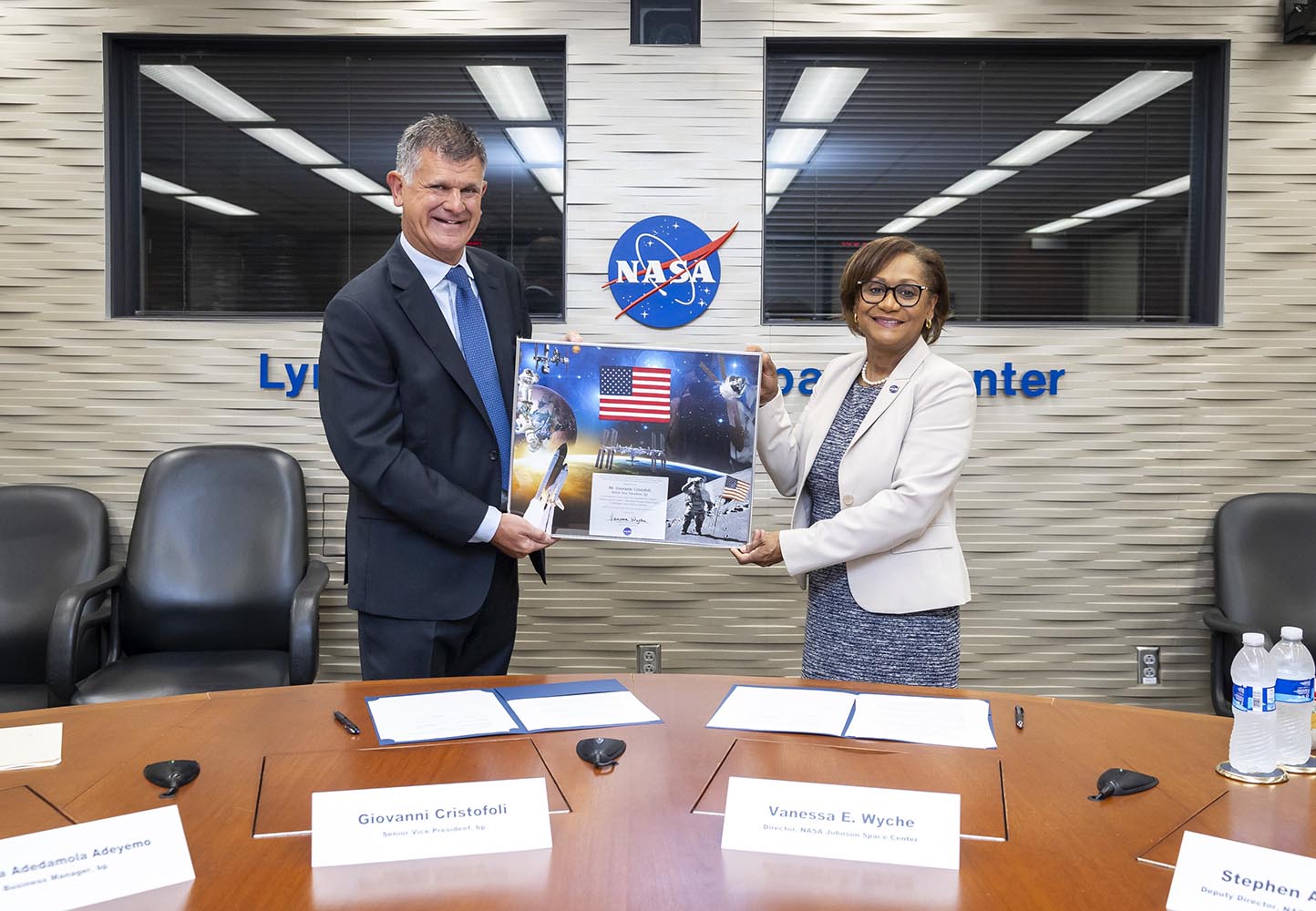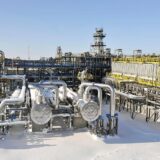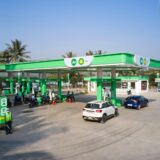
bp and NASA ink agreement to boost energy and space innovation
bp America and the National Aeronautics and Space Administration (NASA) have entered into a groundbreaking Space Act Agreement, marking a new chapter in the collaboration between energy production and space exploration. This partnership will see the two entities share digital technologies and technical expertise to achieve their common goals.
NASA is the United States government agency responsible for the nation’s civilian space program and for aeronautics research. Established in 1958, NASA conducts space exploration missions, scientific research, and technology development related to space and aviation.
Under this agreement, bp and NASA will focus on developing and enhancing technologies such as digital models and simulations. These technologies will enable engineers and scientists to visualise and manage equipment in extreme environments—whether deep underwater or millions of miles away in space.
The collaboration aims to leverage bp’s long-standing legacy of technological innovation to support NASA’s ambitious plans for sustained human exploration of the Moon, Mars, and beyond. Ken Nguyen, principal technical program manager at bp, stated, “As NASA pursues a sustained presence on the Moon and Mars, we see a unique opportunity for bp and NASA to work collaboratively on the forefront of digital technology that will cultivate further innovation in energy and space.”
The Space Act Agreement, governed by the National Aeronautics and Space Act of 1958, facilitates NASA’s partnerships with companies and other entities to advance its mission. The initial phase of the bp-NASA collaboration will focus on creating standards and expanding visualisation and simulation capabilities. Future phases could explore remote operating practices, safety communications, process control, predictive analytics, artificial intelligence, and more.
This agreement could pave the way for further joint efforts between bp and NASA, including work on hydrogen regenerative fuel cells, high-capacity batteries, solar power systems, small fission systems, and innovative power management and distribution.
bp’s newest offshore platform, Argos, located in the Gulf of Mexico, exemplifies the company’s technological prowess. It is one of the most advanced offshore facilities, featuring innovations like remote communications, artificial intelligence, augmented and virtual reality, and digital twin models.
Giovanni Cristofoli, bp’s senior vice president for bp Solutions, remarked, “Both bp and NASA are custodians of deep technical expertise, working in extreme environments—whether that’s at the bottom of the ocean or on the moon. Sharing what we know with each other will help us solve complex engineering problems faster, meaning we can focus on keeping energy flowing safely and delivering higher margins with lower emissions.”
bp and NASA’s partnership builds on a history of collaboration, including the use of bp’s Castrol lubricants in NASA missions and bp offshore workers training at NASA’s Neutral Buoyancy Laboratory.












